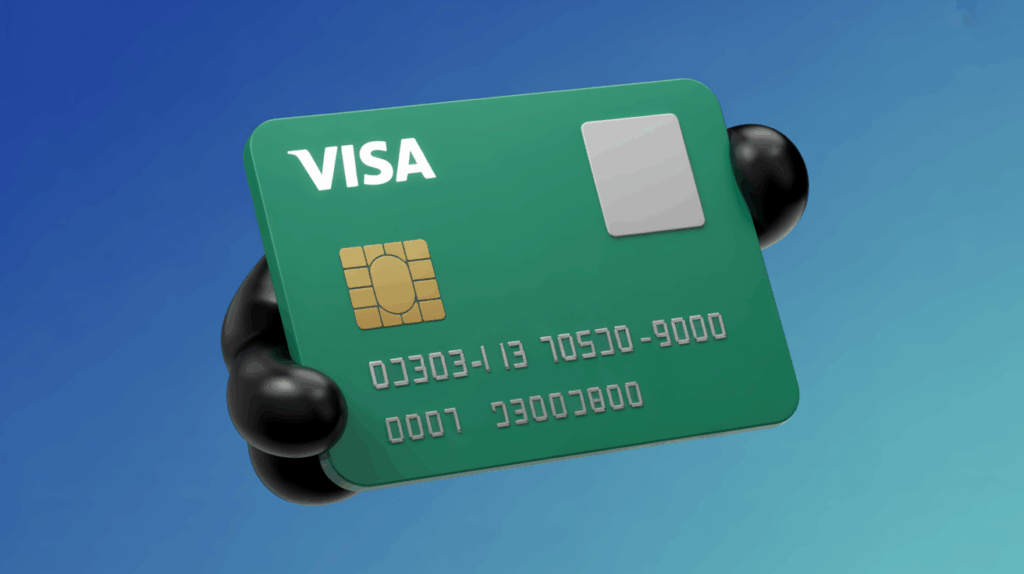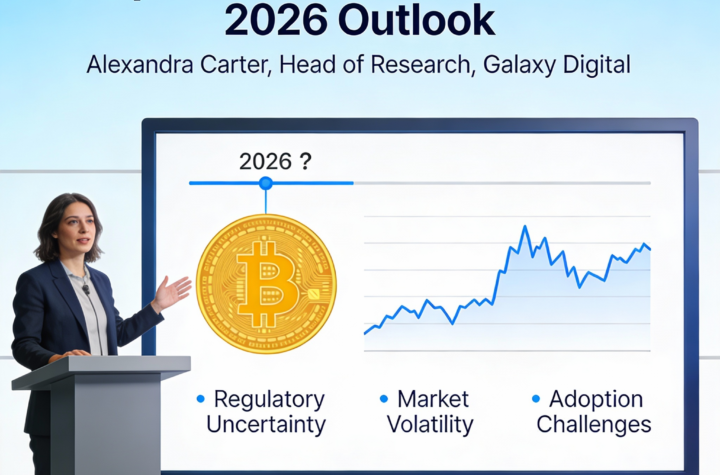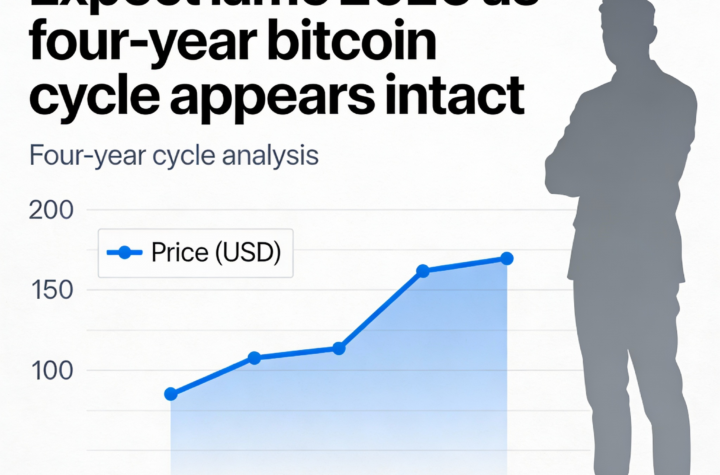
Visa Sets Sights on “Onchain Finance,” Eyes $670B Stablecoin Lending Market
Visa is positioning itself at the intersection of traditional finance and decentralized credit, unveiling a strategy to power what it calls “onchain finance” — a rebrand of decentralized finance (DeFi) aimed at institutional adoption.
In a new report titled “Stablecoins Beyond Payments: The Onchain Lending Opportunity,” the payments giant outlines how banks and private credit funds could engage in blockchain-based lending using Visa’s data, compliance, and infrastructure systems as the connecting layer.
Visa, which processes nearly $16 trillion in payments annually, believes the same trusted rails that underpin its global card network can support programmable credit markets. Its whitepaper points to a growing market that has already issued over $670 billion in stablecoin-denominated loans since 2020, with activity reaching new highs in mid-2025.
According to Visa, this evolution reflects how stablecoins have matured from simple payment tokens into a core component of automated credit markets that operate continuously and settle instantly.
The report highlights several case studies showcasing this shift:
- Morpho, which links institutional wallets and exchanges such as Coinbase, Ledger, and Bitpanda, enabling borrowers to post tokenized bitcoin as collateral for USDC loans.
- Credit Coop, a Visa-affiliated platform, that uses smart contracts to manage and redirect merchant receivables.
- Huma Finance, which facilitates cross-border working capital loans and recycles liquidity to produce double-digit annual yields.
Rather than issuing its own tokens or taking on lending risk, Visa plans to provide the underlying infrastructure — APIs, analytics, and settlement systems — that make regulated participation in onchain credit possible.
The language shift from “DeFi” to “onchain finance” is deliberate, designed to align blockchain-based lending with compliance frameworks in the post-GENIUS Act landscape. Visa’s goal is to make the sector sound less experimental and more compatible with banks, funds, and institutional allocators.
Just as Visa once built the global rails for electronic payments, it now seeks to power the next phase of programmable finance — where traditional institutions interact seamlessly with blockchain-based lending protocols.





More Stories
According to Galaxy Digital’s research chief, Bitcoin faces a highly unpredictable 2026.
According to Fidelity’s Jurrien Timmer, 2026 could be underwhelming while Bitcoin’s four-year cycle remains intact.
BlackRock’s Bitcoin ETF attracts $25 billion over the year, defying the recent Bitcoin downturn.